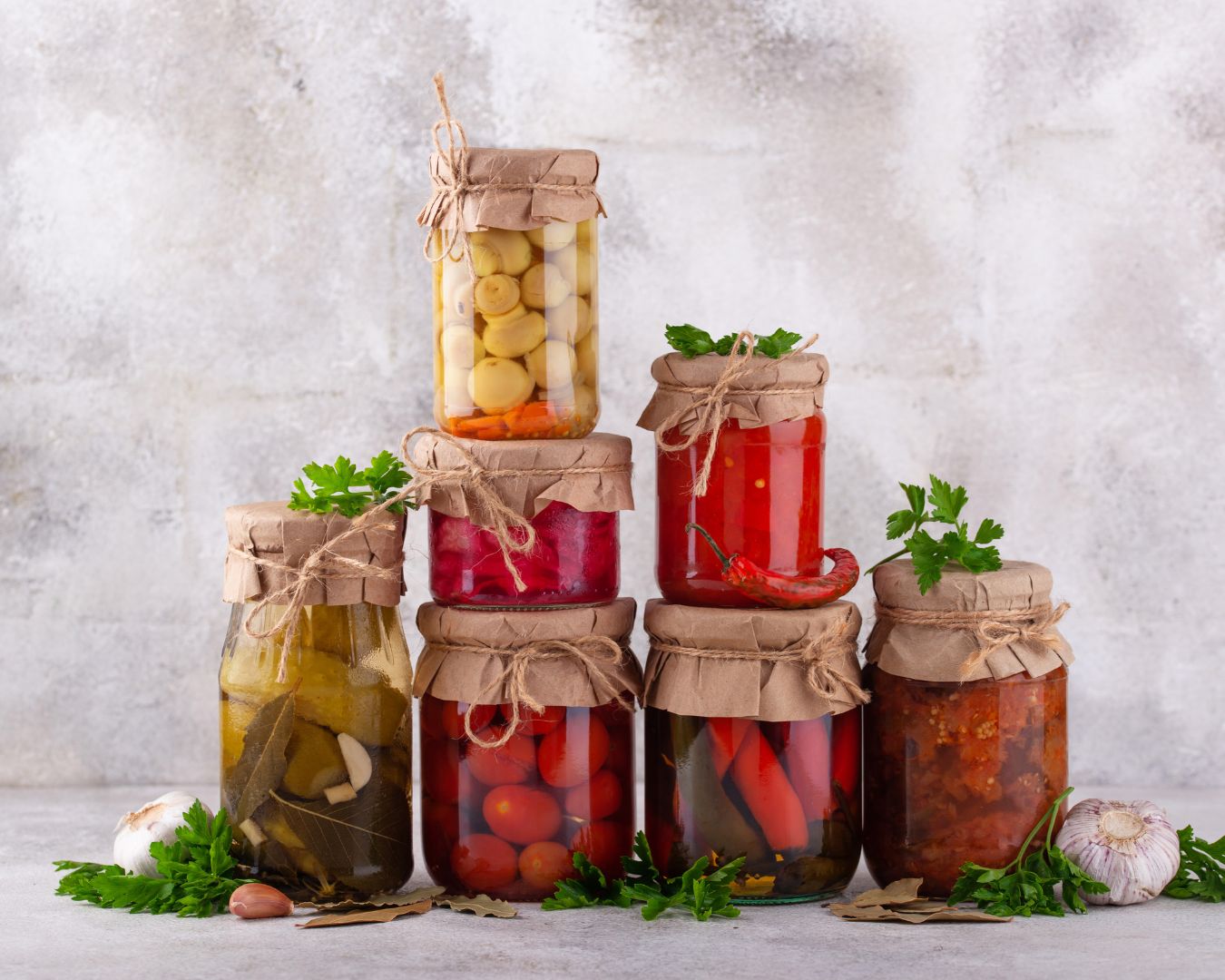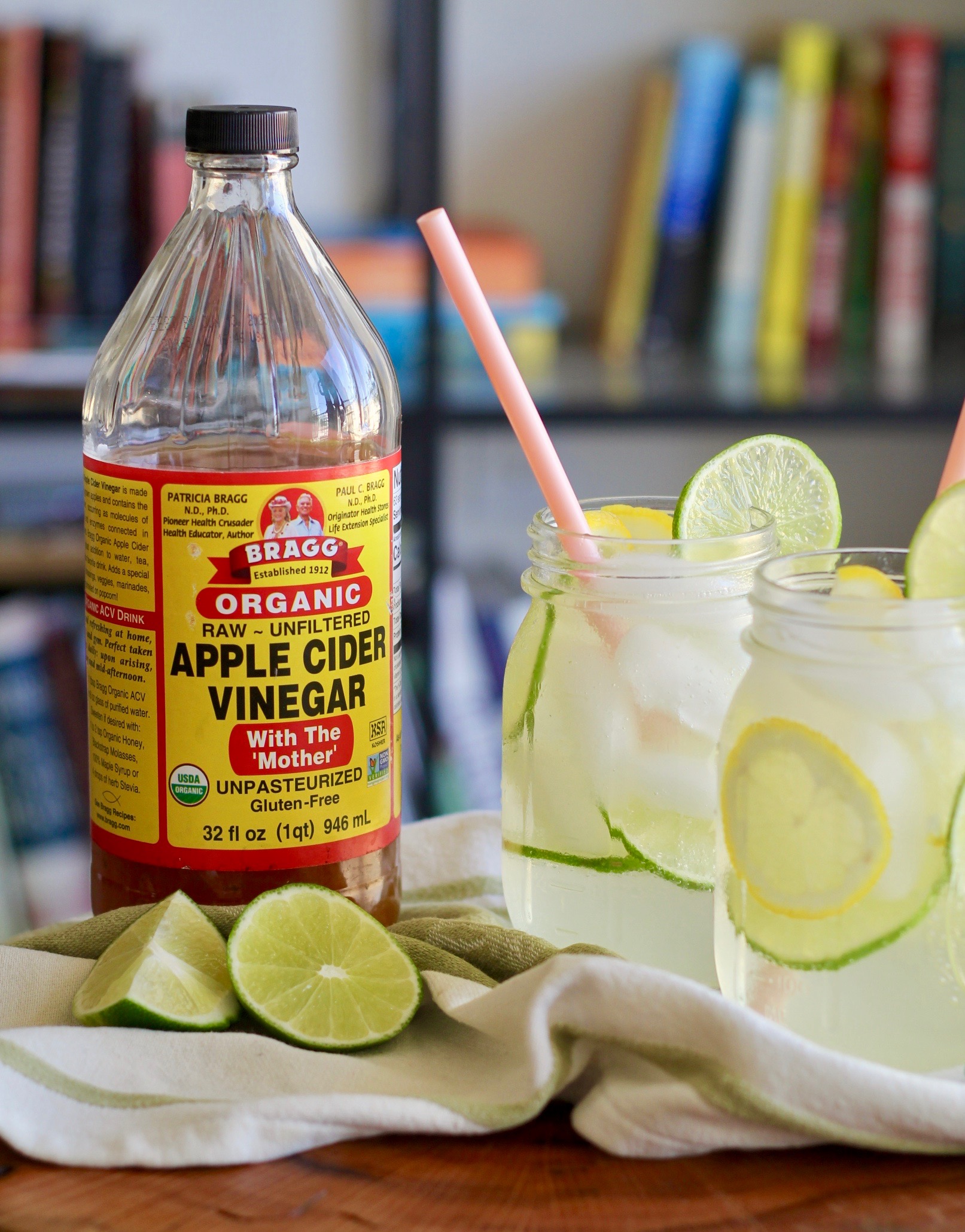What is
Vinegar?
Vinegar is a sour liquid produced by the fermentation of ethanol, typically derived from sources such as wine, malt, rice, cider, or fruit. It is widely used in cooking, food preservation, and as a condiment, contributing a tangy flavor to dishes.
Origins & History
The origins of vinegar date back thousands of years, with some of the earliest records found in Babylon as far back as 5000 BC. It has been used by various cultures around the world for cooking, preservation, and medicine.
Taste & Texture
Vinegar has a distinct sour and tangy taste, which can range from mild and sweet (like balsamic vinegar) to sharp and acidic (like distilled white vinegar).
Ingredients
Ethanol
Ethanol is the alcohol that is fermented to produce vinegar. It can come from various sources, including grape wine, malted barley, or fruit juices.
Acetic Acid
The primary active component in vinegar, acetic acid is responsible for its sour taste and smell. It is produced during fermentation when the ethanol is converted into acetic acid by acetic acid bacteria.

Water
Water is a major component of vinegar, making up the majority of its volume. It serves as a solvent, dissolving the other components.

Images may not reflect the actual item.







:max_bytes(150000):strip_icc()/distilled-white-vinegar-blog1018-5de01477893e4ccaab99cc06672599e3.png)



